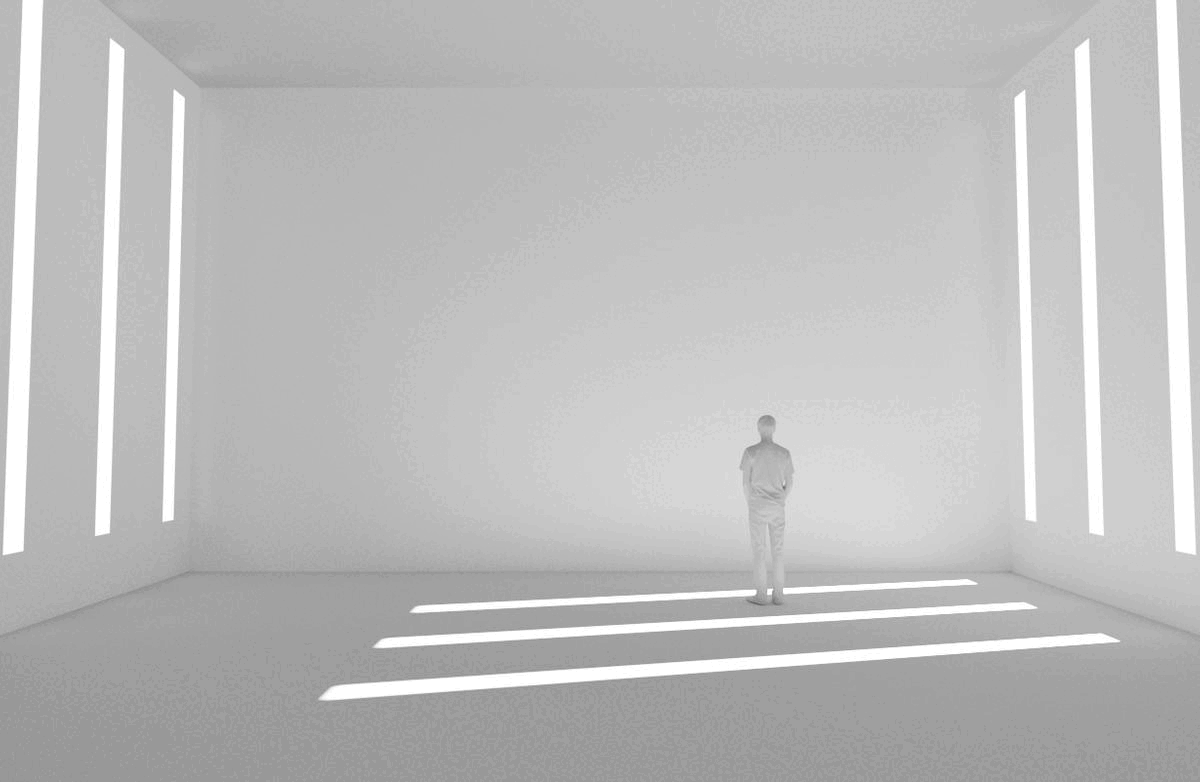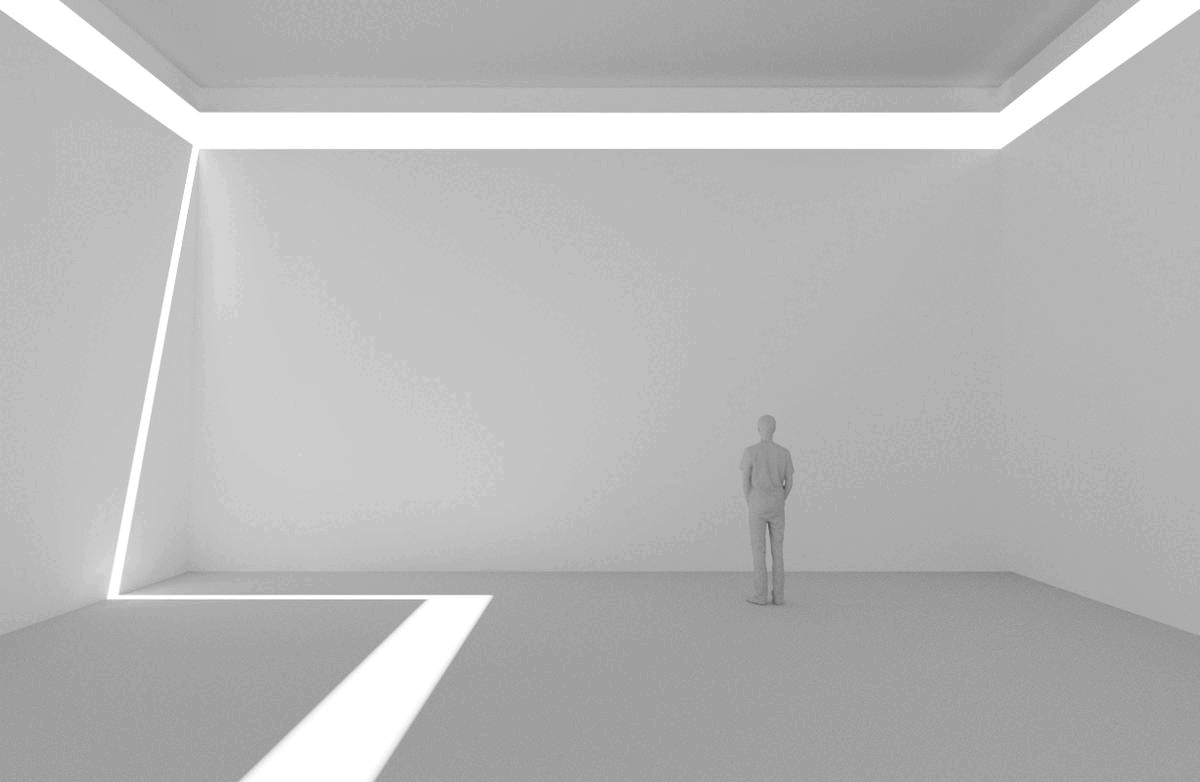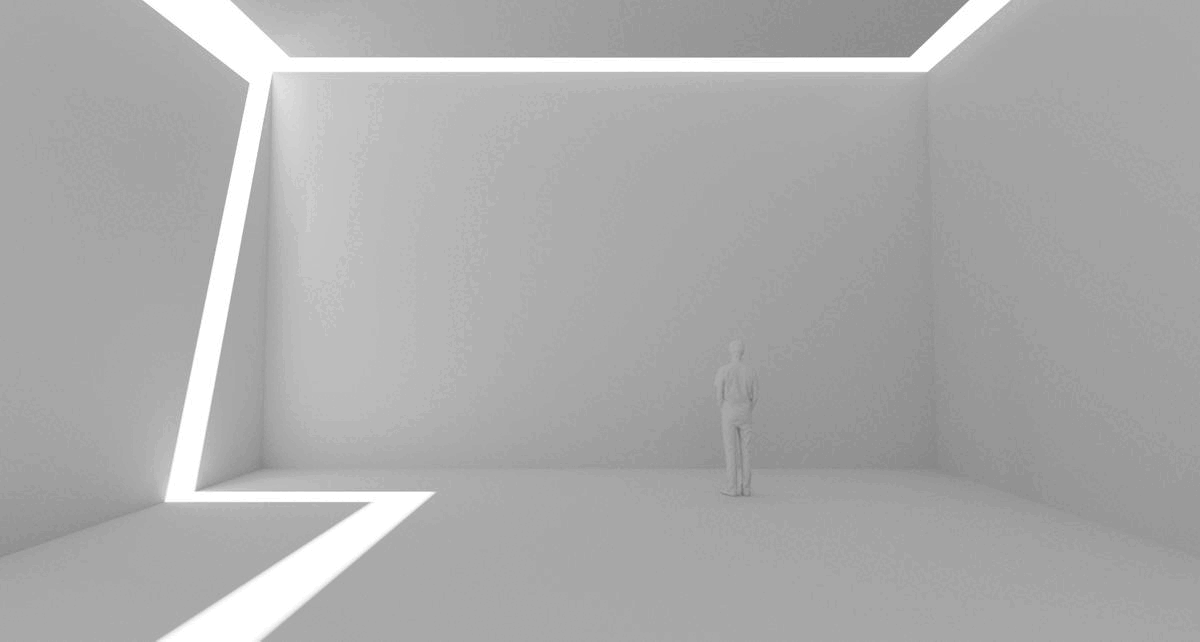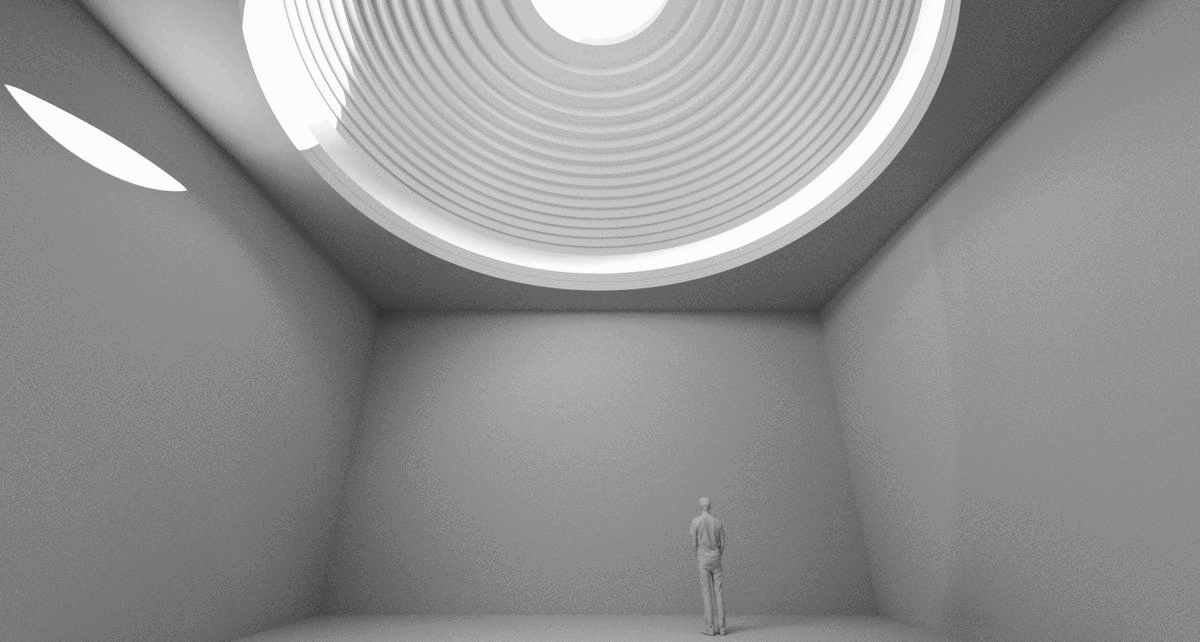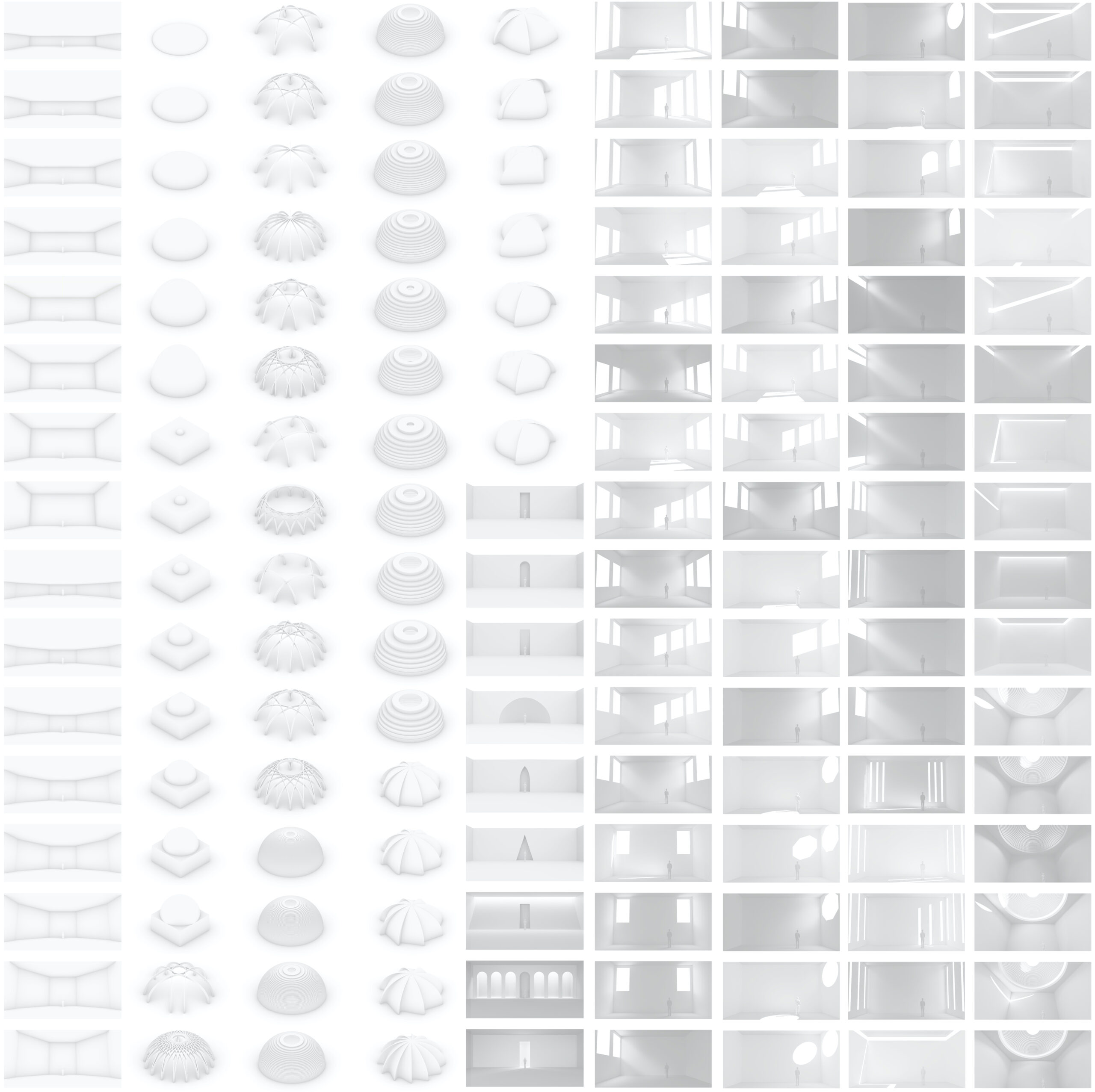Study of Light
Light is an essential part of both Islamic and Nordic architecture. This exploration will focus on how spirituality can be achieved through the Nordic light.
Limitations
To experiment with daylight is an exploration on its own since it is such a broad topic and the scenarios can be infinite. Due to this, a few aspects are defined beforehand to limit this exploration.
Location
A prayer hall has a specific direction, towards the Kaaba in Mecca, Saudi Arabia. In the Nordic context, the orientation is approximately 139 degrees towards southeast from north, which will be used in all further explorations.
Time of day
In an Islamic prayer hall, the five daily prayer are performed and they are performed during a certain time period of the day: Dawn (before sunrise), Midday (after sun has passed its zenith), Afternoon (just before sunset), Sunset (when the sun has set and the only light is skylight), Night (when skylight is completely gone).
To simplify, the exploration will be done in three variations in regards to time; Midday, Afternoon and Sunset. The sunset variation will represent the dawn prayer as well. And during Night, there will be artificial light in place, thus it is neglected in this study.
The date will be 20 april 2021 and the times will be 14.00, 17.45 and 20.30.
Height
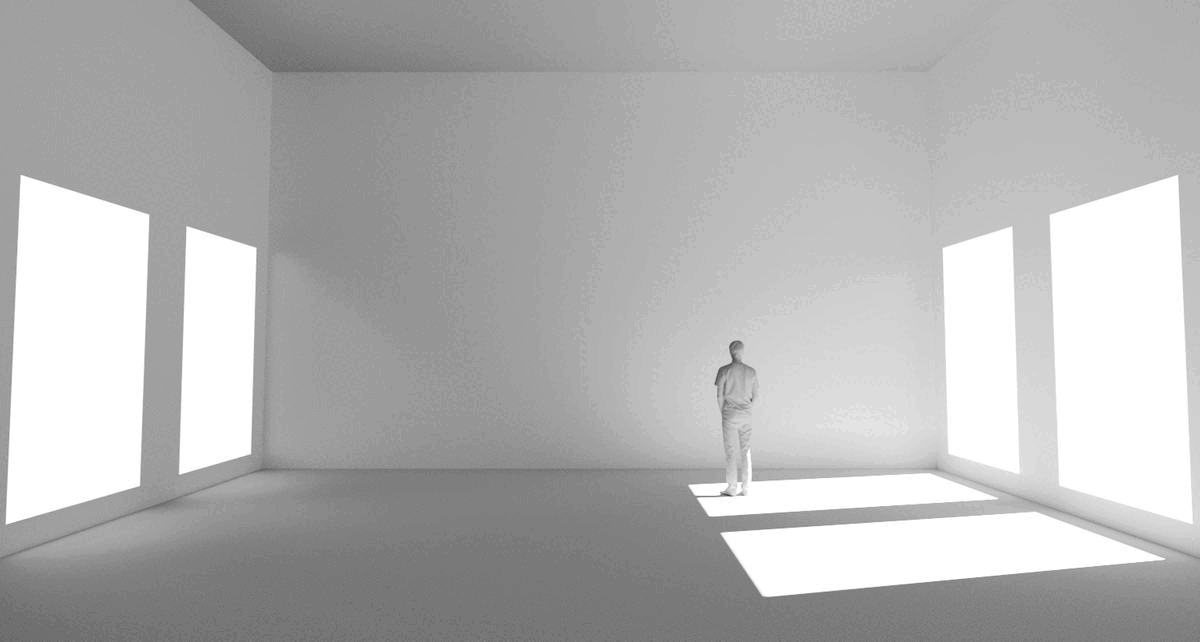
In the Nordic context, a high emphasis is on daylight and to use openings to showcase the context, while in sacred islamic design, the focus is God and not the surrounding. Thus, using openings that are located above eye level is the optimal way to go so that the prayers are not interrupted by the events of the outside world.
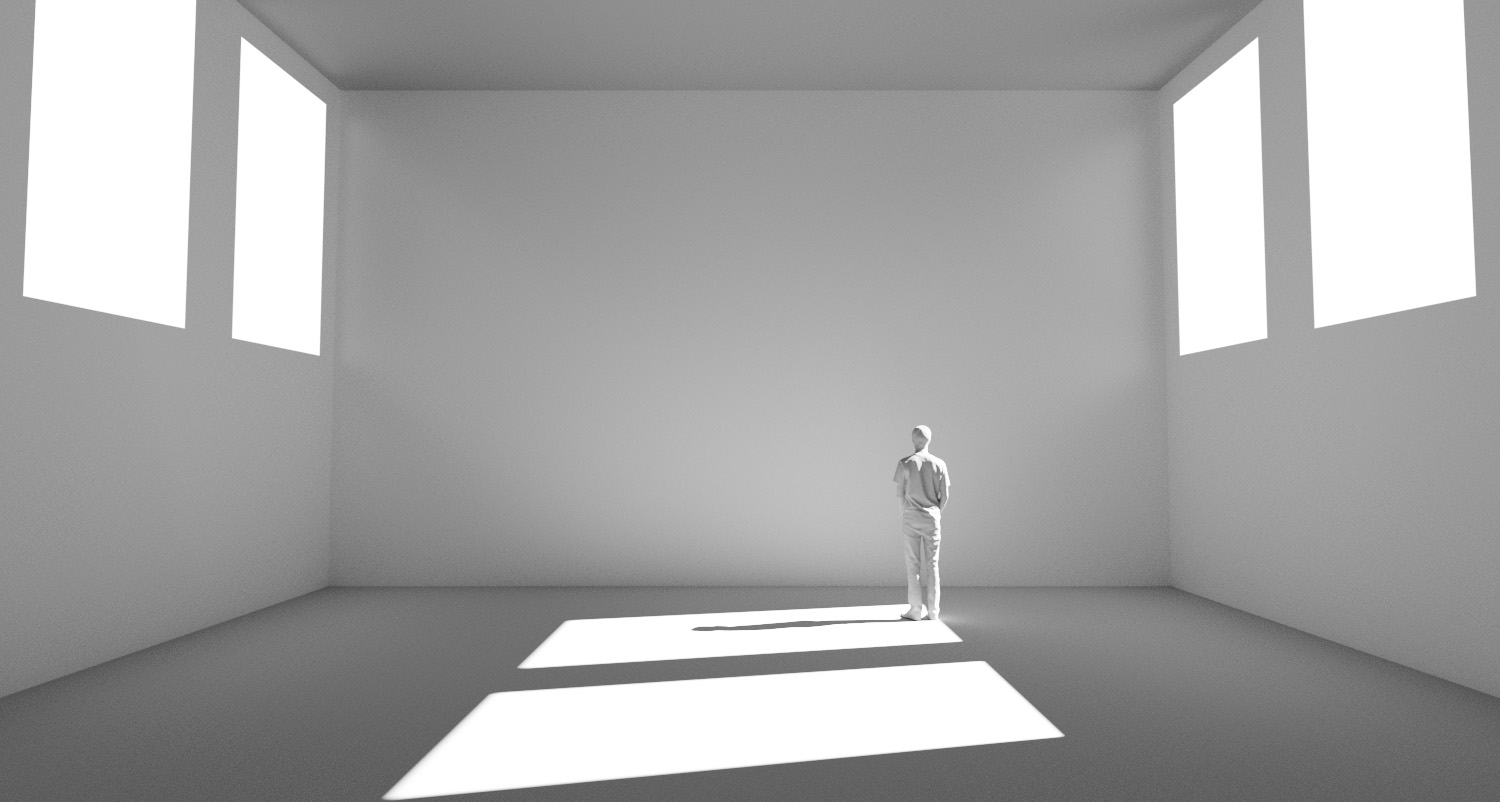
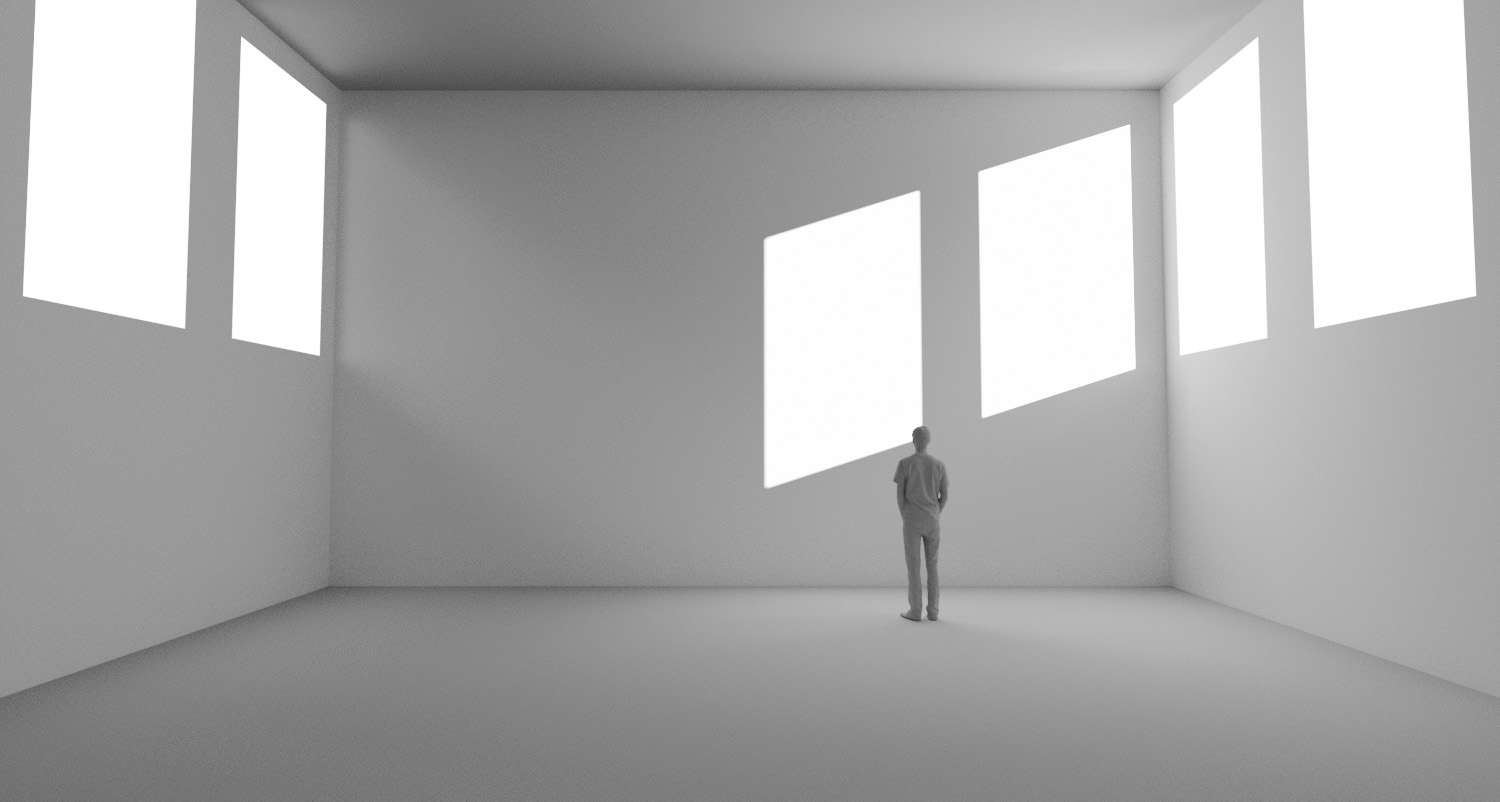
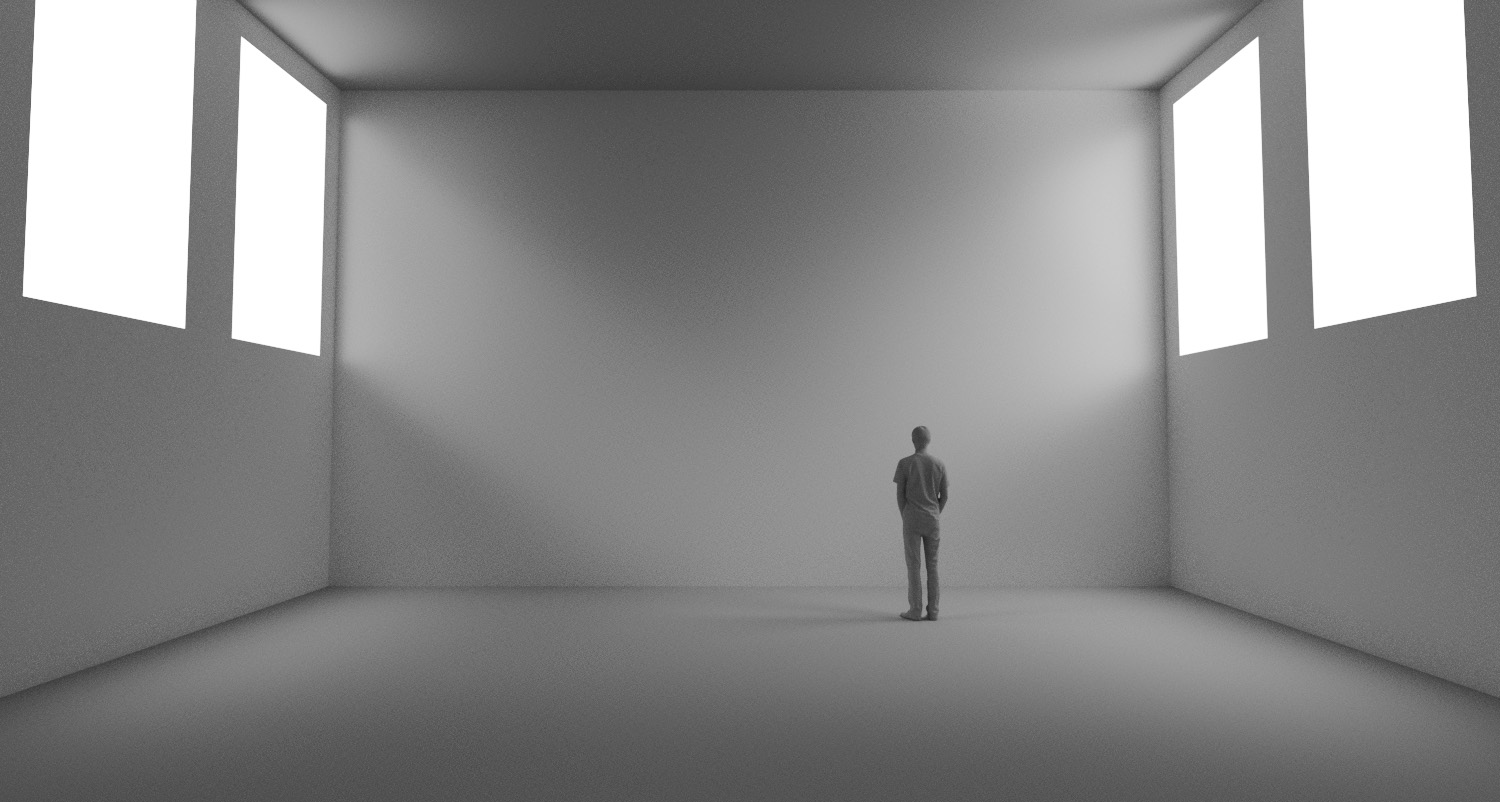
Placement
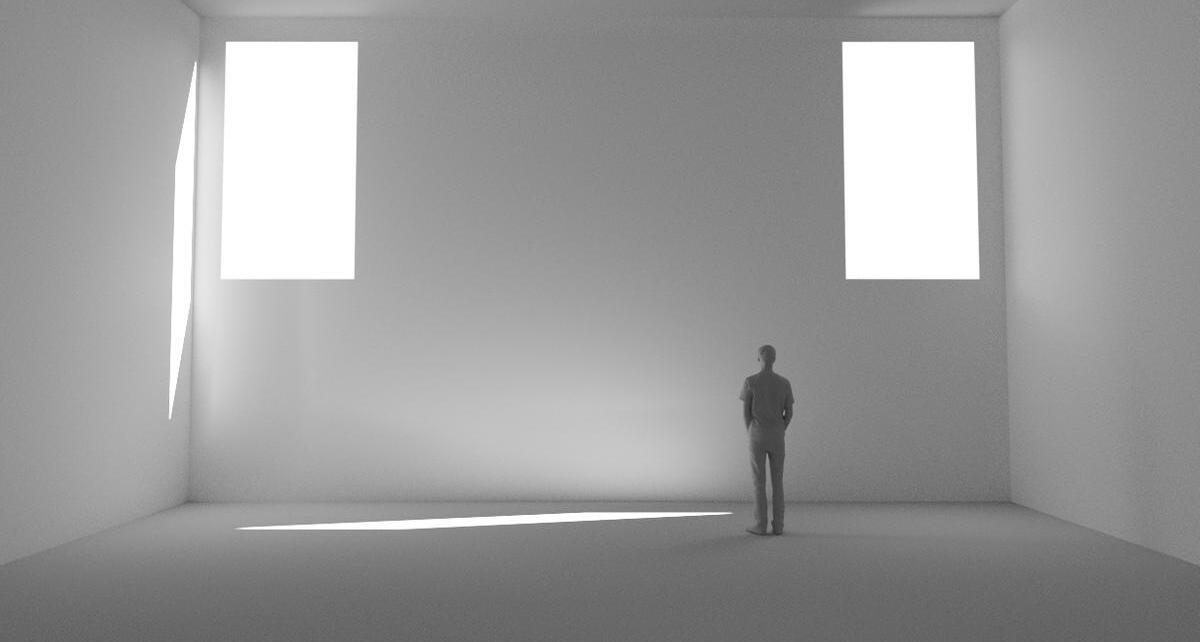
Due to the specific orientation of the space, the direct sunlight creates an interesting light during the midday and evening prayers. However if the openings are located on the left wall, then there will be no direct light and much more controllable however if the rules of Islamic architecture is to be follow with having symmetry, the effect of direct sunlight is imminent.
Form
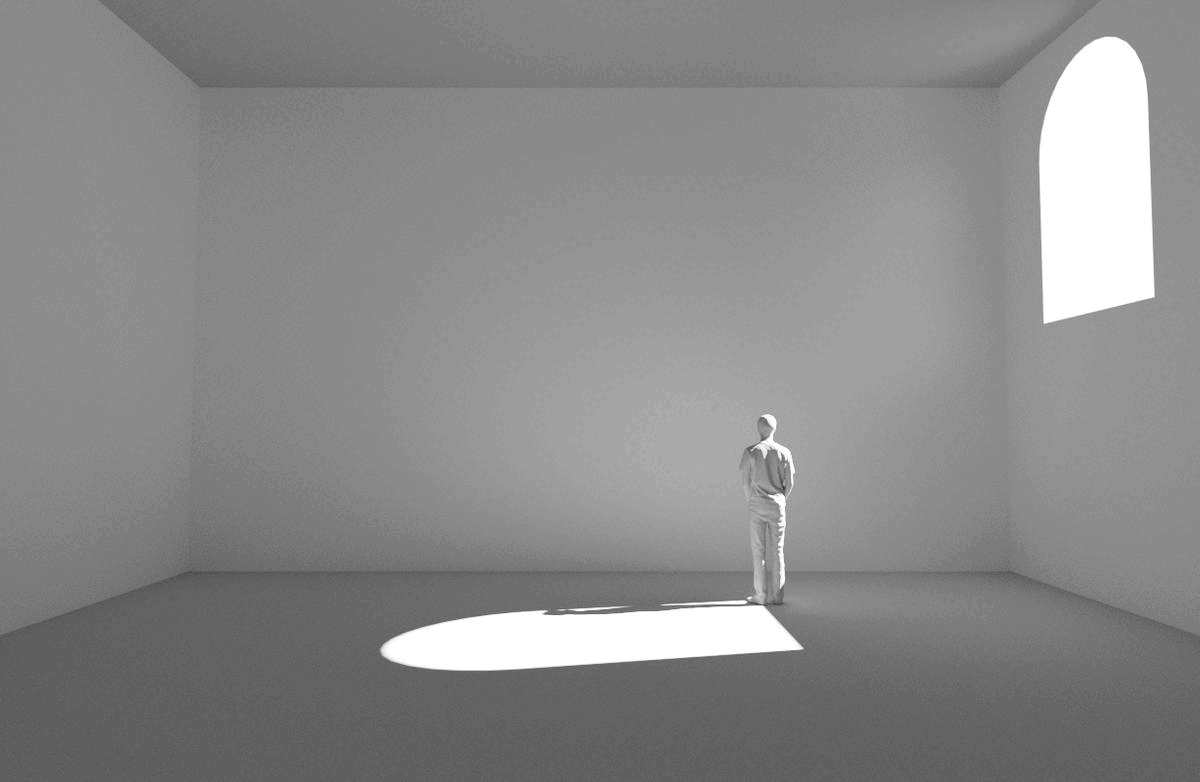
Maximum light in the space is achieved with the rectangular shape. This shape is also inline with the contemporary architecture of the Nordic context.
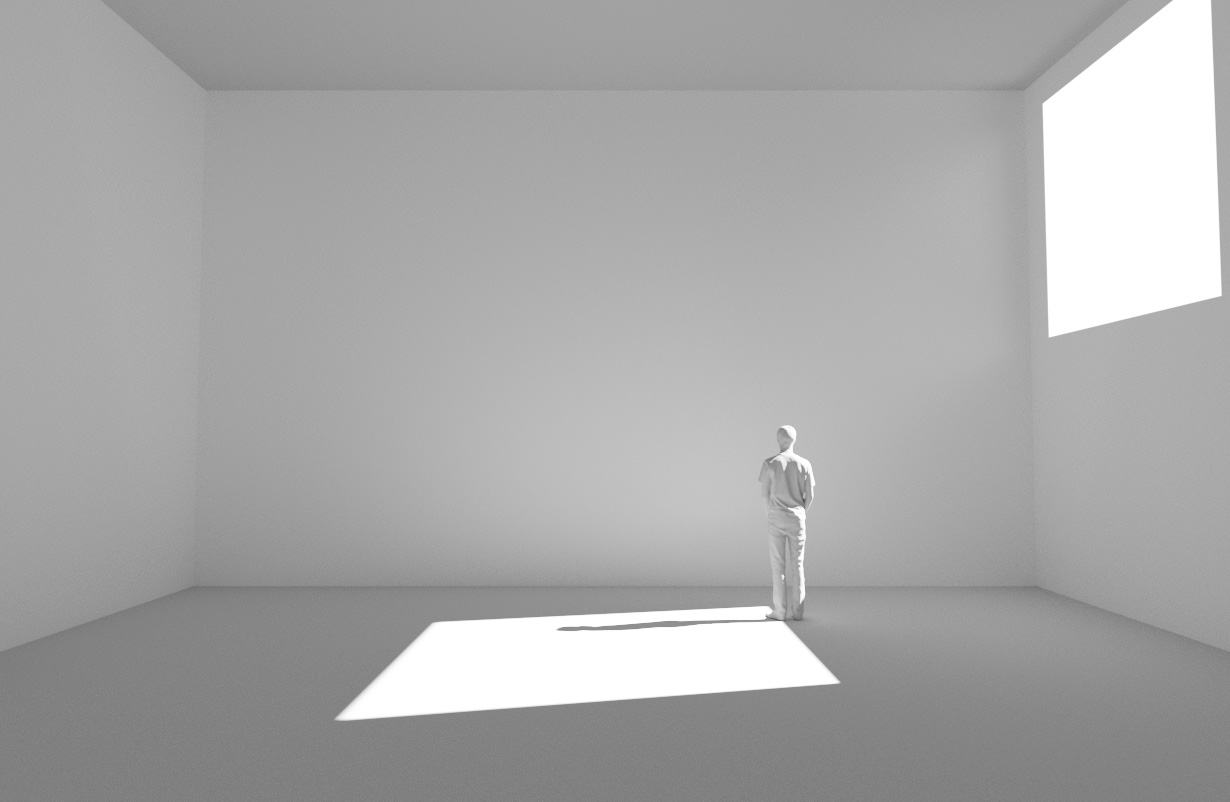
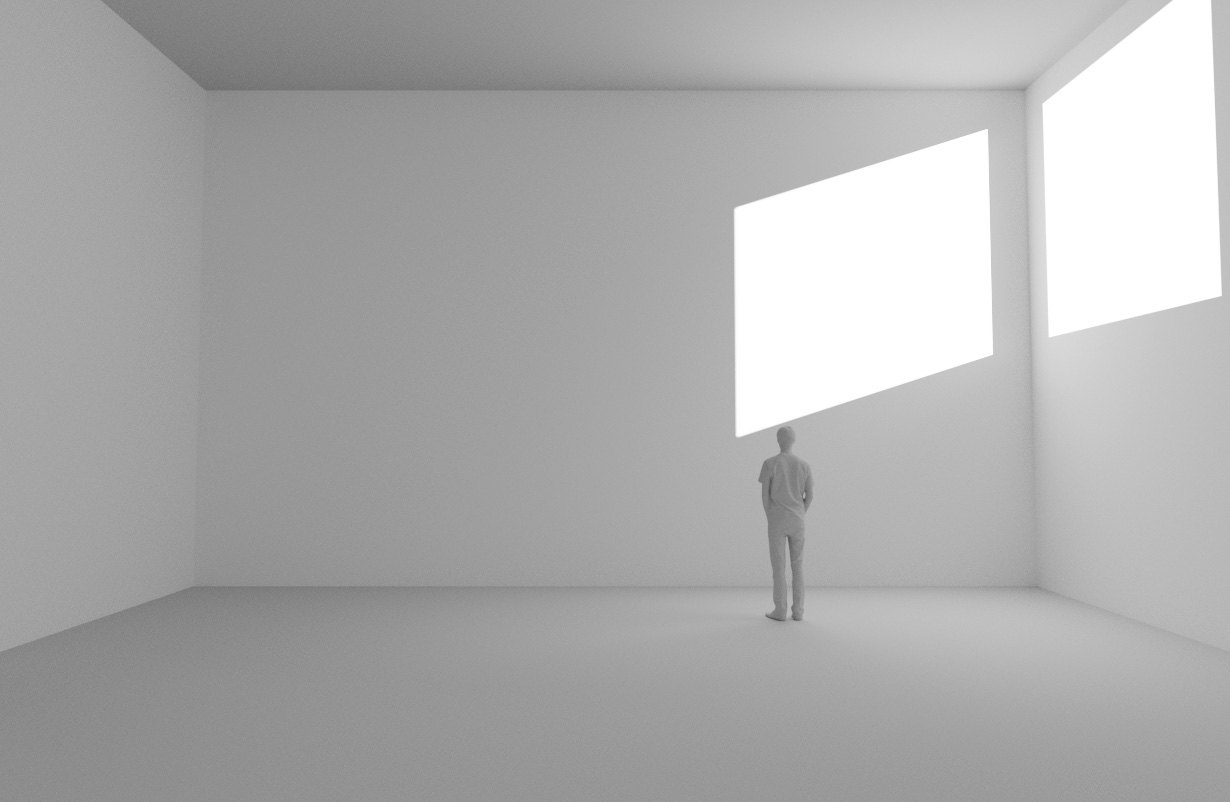
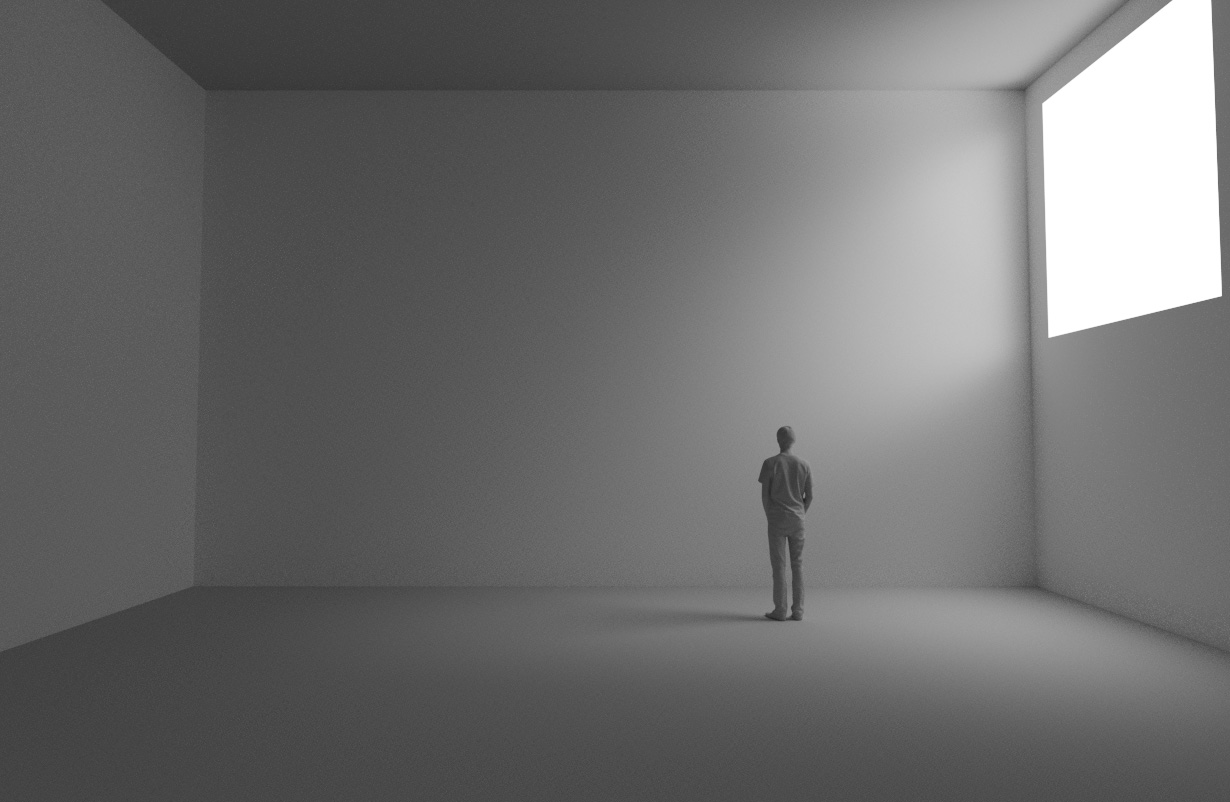
However out of symbolic meaning, a square represent earth and in sacred architecture throughout history, light is associated with God and heaven, thus it may be more beneficial to use circle, octagon or an arch. This will enhances the symbolism aspect.
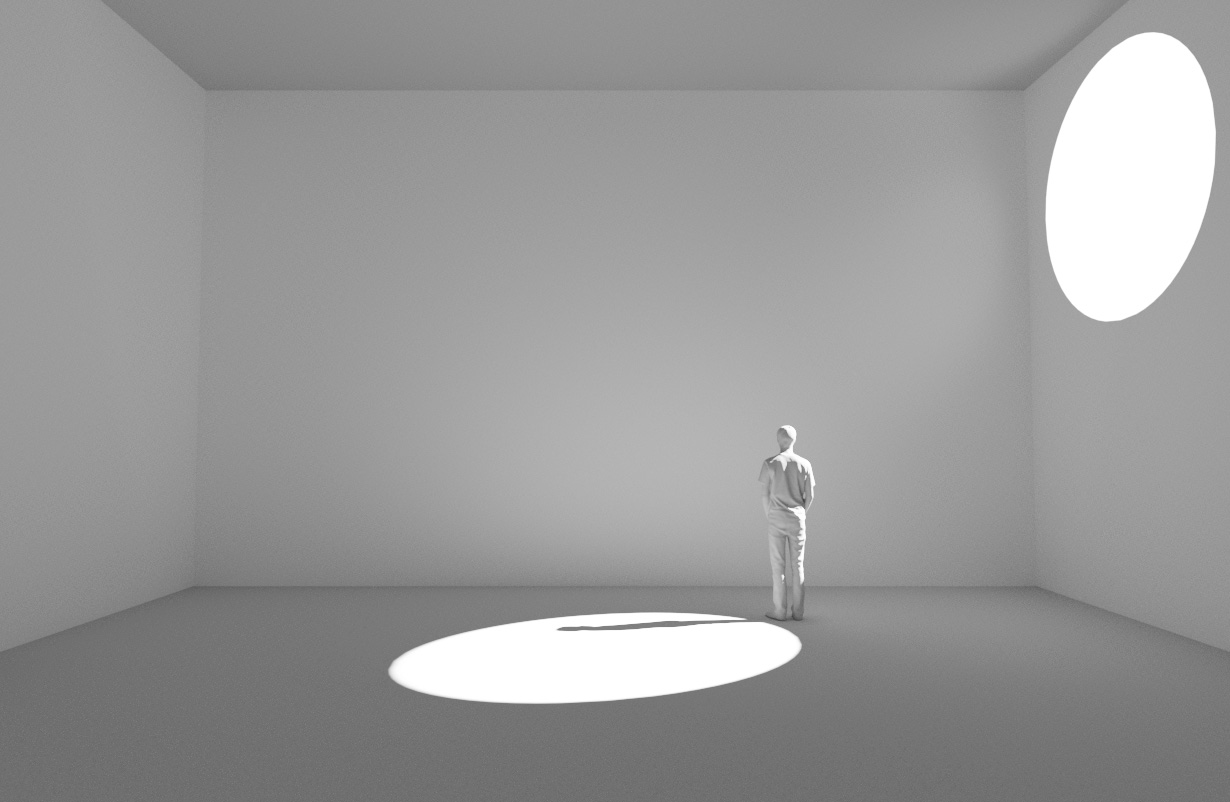
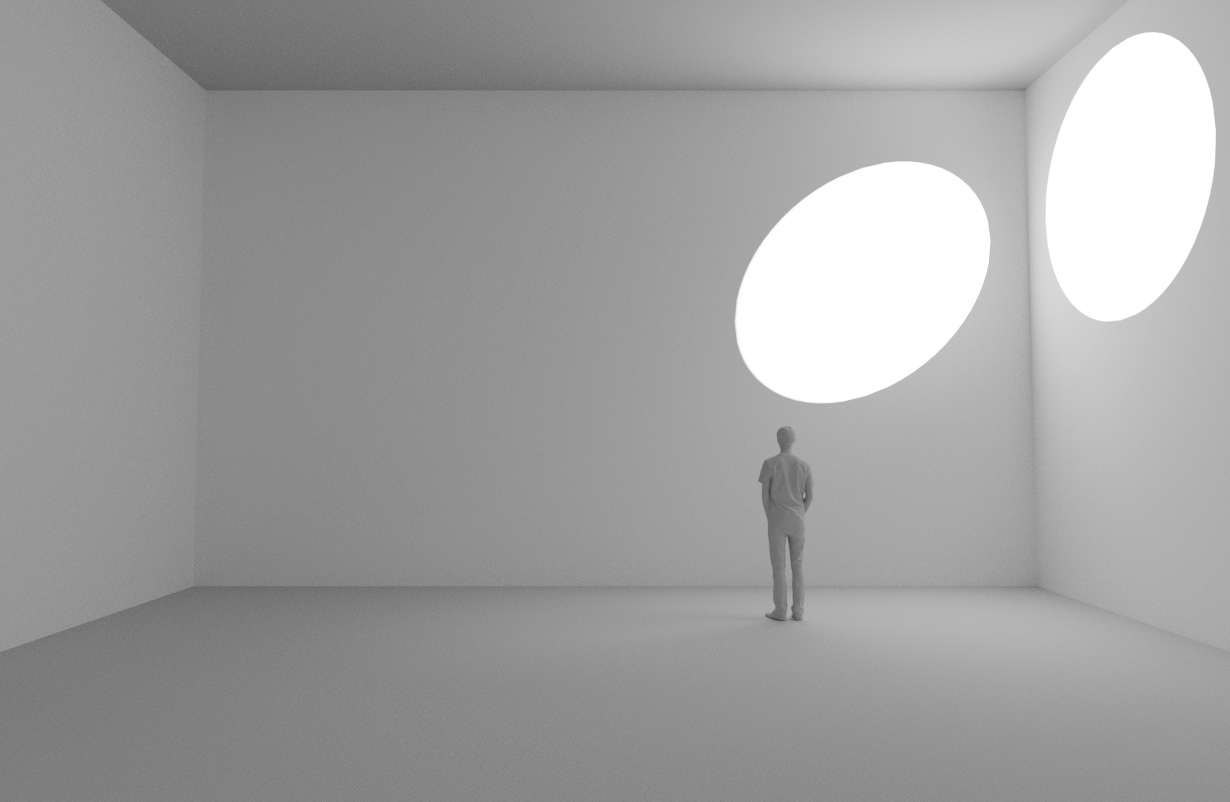
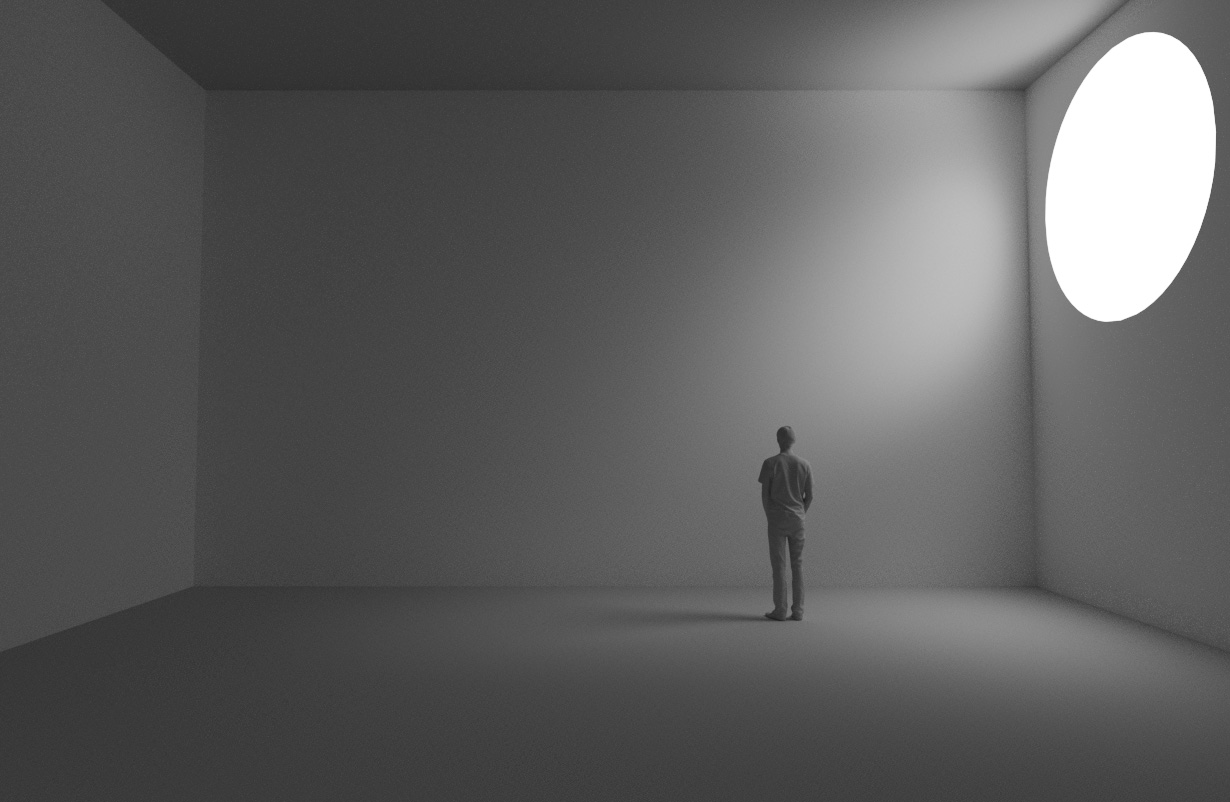
Daylight factor
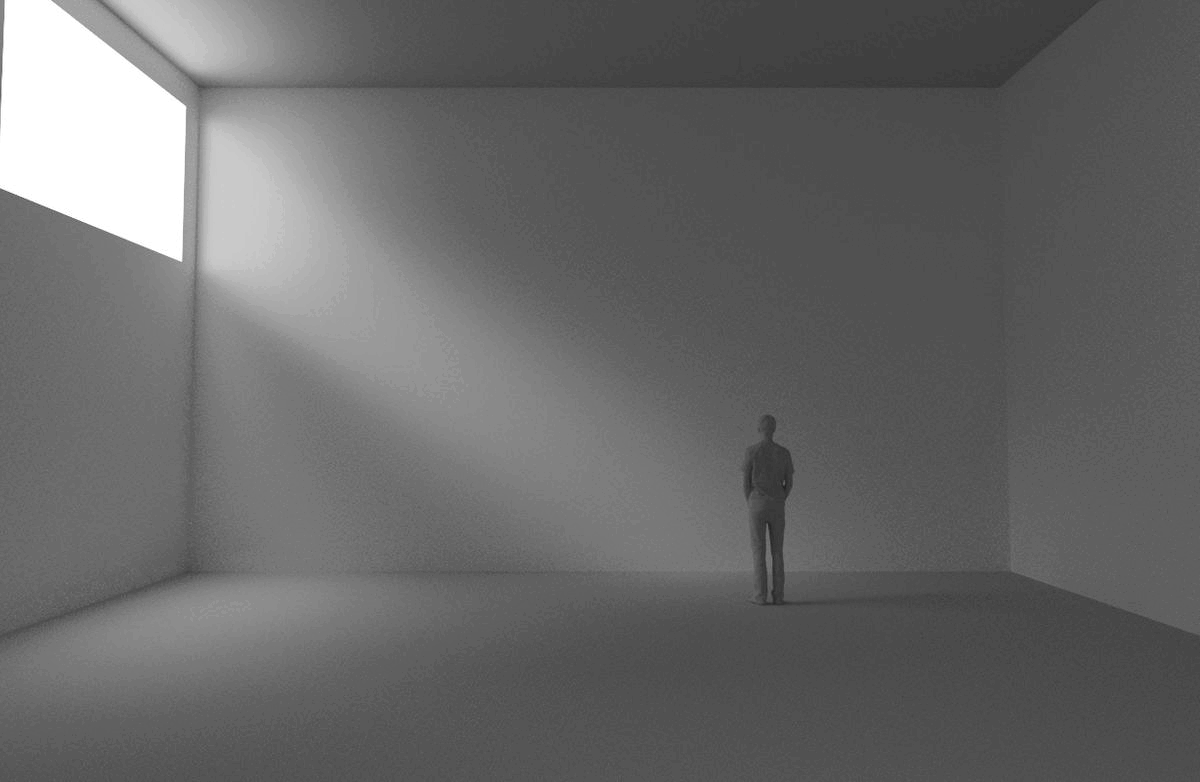
In the Nordic context, daylight factor and the amount of light that is transmitted into a space is important aspect to investigate. Traditonally, mosques strive towards having a homogenous light throughout the prayer hall to not create focal points where one location is more important than another. Investigation shows that higher placed windows generate more light and thus, the variation of window design is larger where smaller windows sizes can be used to achieve the required light needed.
Various styles of openings
